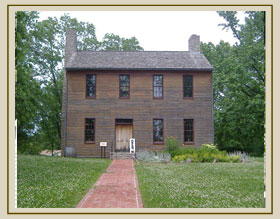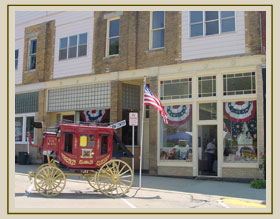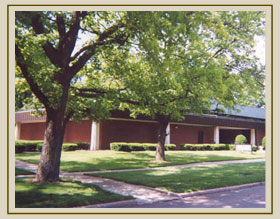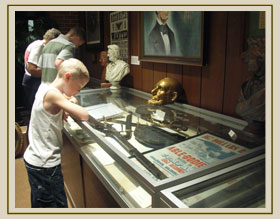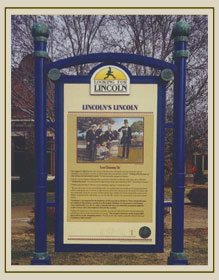 |
Champaign Christian DeWitt Edgar Livingston Logan Macon Mason McLean Menard Moultrie Piatt Sangamon Shelby Tazewell Vermilion Woodford Logan County Established in 1839, Logan County was named after physician and State Representative John Logan, father of Union General John Alexander Logan. Postville was founded in 1835, four years prior, by Russell Post. In 1839, the Illinois General Assembly chartered the new county from territory undergoing settlement. The new county was named Logan, and the county's first commissioners chose Postville, located close to the center of the new county, as the county seat, until the seat was moved to Mt. Pulaski in 1848. At the April 1847 election, citizens of Logan County voted to move the county seat from Camden (Postville) to Mount Pulaski. In 1847, local citizens, craftsmen, and merchants donated materials, labor, and $2,700 to construct the building. An addition $300 was supplemented by a county appropriation. The building is an example of early Greek Revival Architecture. The new courthouse of the Logan County Seat was ready for occupancy in the Spring of 1848, when the county records were loaded into wagons at Postville and moved to these new quarters. Mount Pulaski was the Logan County Seat from the Spring of 1848 to November of 1855. Abraham Lincoln practiced law in this courthouse before the 8th Judicial Circuit during the majority of the Spring and Fall sessions each year from 1849 to 1854. In 1852, the Alton & Sangamon railroad extended its line from Springfield, through Logan County, to Bloomington. A town site was laid out in 1853 on the extension right of way, one mile from old Postville. Its proprietors named it Lincoln, in honor of their favorite attorney, Abraham Lincoln, and it was christened by him on August 27, 1853. Earlier, in February of 1853, these proprietors secured the passage of a legislative bill submitting to the voters of Logan County the proposition of again changing the county seat, this time from Mount Pulaski to this new railroad town site of Lincoln. However, due to subsequent litigations, the actual transfer of the county seat and its records did not take place until after the fall session of 1854. A second rail service was chartered in 1871 -- the Pekin, Lincoln, and Decatur Railroad -- and a third railroad line was completed in 1873. The railroad and Route 66 can be credited for the staggering growth in Lincoln. The 14,000 plus population of Lincoln is rich in heritage, farming and education and there are now three colleges in Lincoln and the downtown is on the National Register of Historic Places, as well, Mount Pulaski’s famed courthouse stands today as a testament to the thriving history in Logan County. By looking at the pictures below, you can get an idea of Lincoln, Mt. Pulaski, and all of Logan County in Lincoln’s time and as it stands today. Maybe you’ll find something unexpected when you go Looking for Lincoln in Logan County! Then
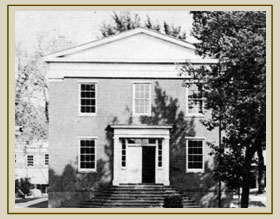
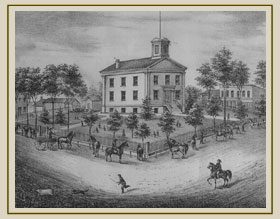
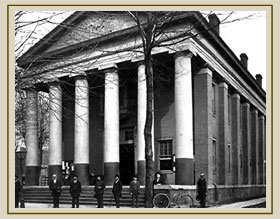 Now 




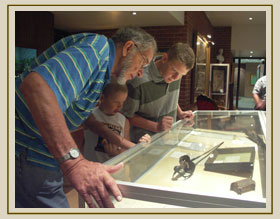
Following the route of Lincoln on the Eighth Judicial Circuit is easy, to learn more about the history of the courthouse in this county, just click here! You may also want to consider a stop by the following sites of interest! The Railsplitter Covered Wagon Lincoln College Museum Lincoln Walking Tour For more information on Logan County or the city of Lincoln, please visit: http://www.logancountytourism.org/ |

